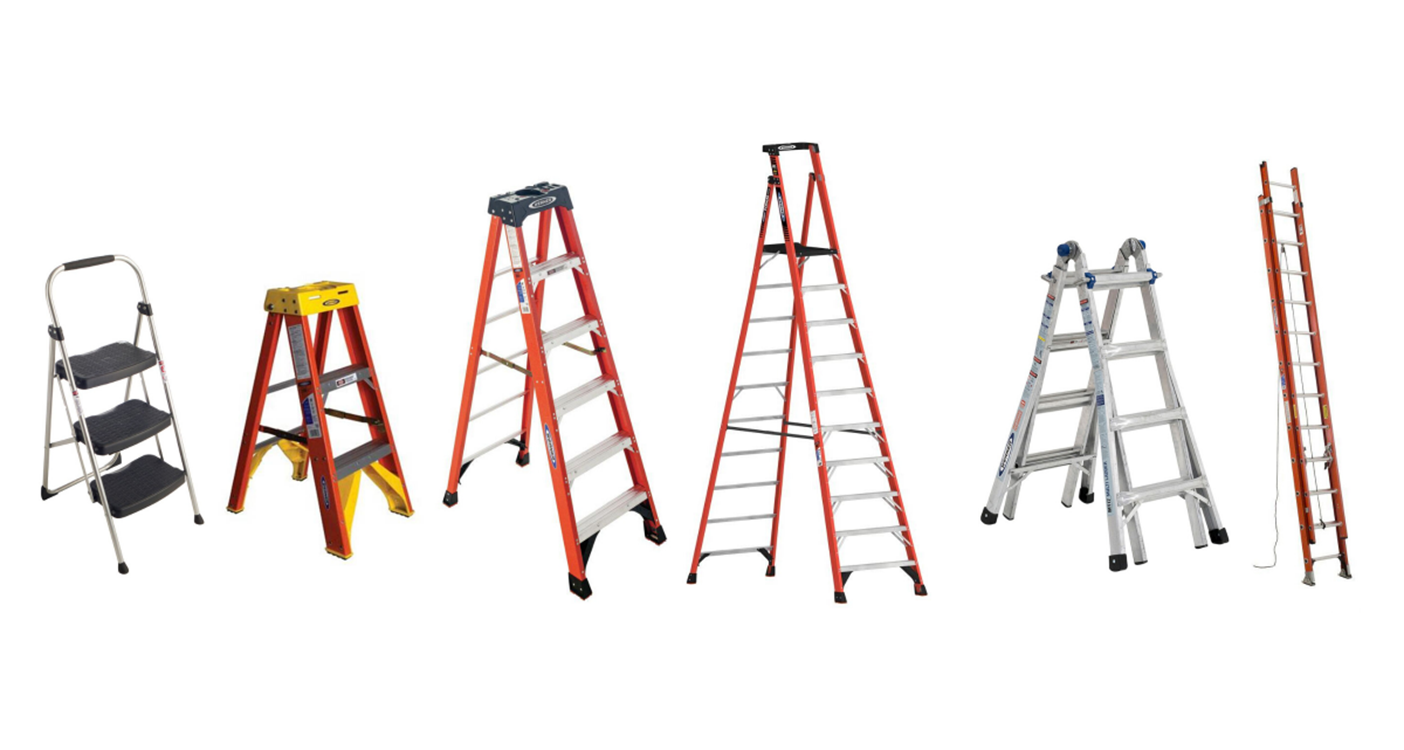| VIEW IN BROWSER | | VOLUME 7, ISSUE 11 | November 2023 | | Title (e.g. VOLUME 7, ISSUE 9 | September 2023) |
|
|  | Portable Ladder SafetyPortable ladders are one of the most common and important tools you can have in the workplace for activities such as cleaning, painting, and plumbing and electrical work. However, if improperly used, portable ladders can also be very dangerous or even fatal. Prior to using a ladder, you should be trained to properly select, inspect, and use it to keep yourself safe and ensure that the clock is the only thing falling back this November!
Don't be a statistic!
According to the U.S. Centers for Disease Control (CDC), over 500,000 people are treated for ladder-related fall injuries, and over 300 people die from ladder falls each year. In fact, most fatal falls are from heights of 10 feet or less. Here at Northwestern, there have been 30 ladder-related injuries over the past 10 years, resulting in 419 lost work days.
Get trained
If your job requires the use of portable ladders, ensure you are up-to-date on your annual ladder safety training in myHR Learn. | |
|
| Ladder selectionAvoid using portable ladders when possible, and analyze each job to determine if a portable ladder is the best equipment for the task. For example, special poles can be used from the ground to change ceiling light bulbs, thus avoiding ladder use altogether.
If a ladder is necessary for your work, identify the height you’ll need to reach and the surface on which the ladder will be used. Consider the environment you will be working in and look for equipment and conditions that might interfere with your job, such as slippery or uneven surfaces or high foot traffic areas. If working around electricity or near overhead power lines, select an appropriate ladder type, such as fiberglass, to avoid shock or electrocution, and never use a metal ladder.
Lastly, always verify that the load capacity on the safety label is within the weight you intend to put on the ladder. If there is no label, do not use it! |
|
| Ladder inspectionOnce you’ve selected the right ladder, you’ll need to inspect it carefully prior to use. Test and inspect all moving parts for correct operation and look for broken or missing rungs, cracked side rails, corrosion, or other faulty components. If you find any damage or defects, immediately remove it from service until it is repaired or replaced.
Learn more about ladder inspections |
|
| Ladder safety tips
- Always use portable ladders on firm, level surfaces
- Apply the 4:1 rule when using straight and extension ladders – the base of the ladder must be 1 foot away from the wall for every 4 feet high
- Never use a folded step ladder by leaning it against a wall
- Never stand on the top rung of a ladder
- Maintain at least 3 points of contact at all times (e.g., both feet and one hand, or one foot and both hands)
- Relocate the ladder when necessary to avoid over-reaching which could cause loss of balance
- Remove materials such as tools from the ladder before moving it
- Never carry large or heavy objects up or down ladders
- Always face the ladder when going up or down
Learn more about ladder safe work practices |
|
| Safety at homeFalls from ladders at home occur more frequently than you might think. In fact, the American Journal of Preventative Medicine discovered that 97.3% of all ladder injuries happen at home. Here are some tips to keep you and your family safe while working on ladders:
- Never leave a ladder unattended, especially around children
- Use the same safe practices at home that you use at work
- If you have to access the roof, be sure that the ladder extends at least 3 feet above the point of contact and that it is secured from movement
|
|
| Do you want to learn more? |
|
|
|
|


